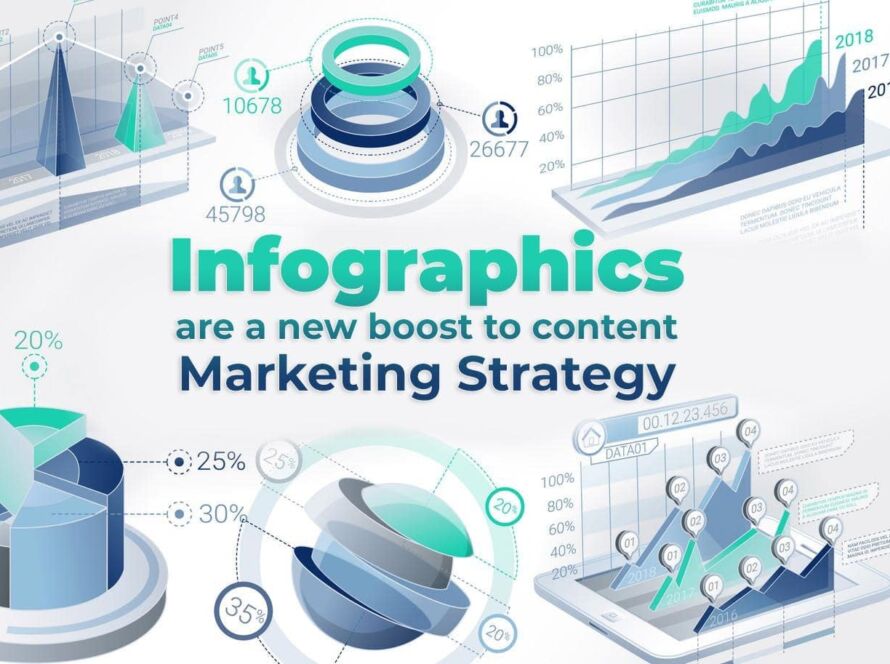Growth marketing is a term you may have heard bandied around the Marketing Department or tossed off at SEO conferences. On its surface, it seems like a pretty basic idea: marketing … that helps you grow. Not rocket science, is it?
Yet growth marketing entails a bit more than traditional marketing. Think of the former as an updated version of the latter. There are certain aspects of which you need to be aware in order to be successful.
Here are seven of the most important elements of any growth marketing strategy. Learn them today and you’ll benefit from them tomorrow … and all the days after that.
First, Understand What Growth Marketing Is
Before anything else, let’s check in and make sure we have a solid understanding of what growth marketing is. This advice seems almost insultingly basic, but a lot of us aren’t great about reading the directions. (We’ve all been there, that IKEA bookshelf didn’t put itself together.)
The same is true here. Until you understand what growth marketing is, it’s hard to use it effectively in your brand strategy. So, what’s the deal?
Simply put, growth marketing puts its emphasis on data and evidence rather than going with your gut. This type of marketing asks you to continually gather and analyze metrics.
It requires that you tinker with copy, design, and user experience to see what works best. Then you adjust accordingly and tinker again. Rinse and repeat, just like that fancy shampoo tells you to.
Now, to get to the good stuff. Here are some important aspects.
1. Distinguish Growth Vs. Traditional Marketing
Another important distinction between growth and traditional marketing is the focus. The latter strategy puts the product first, trying to get the product or service in front of eyeballs. And the humans to which they’re attached.
Growth marketing, on the other hand, cares more about those humans. Their problems, their stressors, their needs. With this strategy, you try to create content that reaches them where they are and meet those individual needs.
Essentially, growth marketing is a strategy that is never done. You can always fine tune it to stay on top of trends and see better results. However, with a solid foundation in place, a growth marketing mindset can grow with you forever.
2. Decide Where to Put Your Focus
You can’t accomplish everything you want with one tactic or strategy. We really wish that one mention would get you 100 new leads or that one blog would convert every customer for you, but that’s not the case.
Think through where you want to focus first. Do you need to concentrate your efforts on the top of the funnel or bottom of the funnel? If you focus on the top, you’ll see more traffic to your website. Who doesn’t love more traffic? However, if you do that, you’ll likely see more empty traffic and not as many conversions because the traffic is less qualified.
If you focus on the bottom of the funnel for your growth marketing efforts, you’ll see some different results. You won’t see as large of a boost in traffic, but the traffic you do get should be more qualified and more likely to convert. That’s because you’re focused on people who are looking for that solution to their problem, and not general education.
Both aspects have their benefits, but when defining your growth marketing strategy you’ll want to figure out where your focus will be. Once you have one part of it down pat, you can move on to another aspect.
3. Divide and Conquer Your Market Development Strategy
A good market growth strategy contains more moving parts than one person could ever successfully oversee. This is not a forty-hour-a-week job. Rather, it is a mindset that requires the participation of sales, marketing, customer support, and analytics.
In some cases, IT and the C-Suite might step in to help you achieve certain goals. At a minimum, you’ll want to appoint someone to oversee creating content to boost brand credibility and someone else to focus on creating that rankable content for SEO. Together, you’ll get there. But alone, you likely won’t see
4. Regularly Do A/B Testing
Marketing strategies for business growth rely heavily on A/B testing. Sometimes referred to as split-run or bucket testing, this approach offers two options for any marketing endeavor. Examples of this might include the design of a landing page or a color scheme on a website redesign. Similarly, you might test the format of an email campaign or the copy on a sales page.
The basic idea is that, by sending prospects/customers to one of two different versions, you can see which performs better. You then have hard data pointing you in a specific direction. This will aid in your content marketing growth in the future … and mean less guesswork for you.
5. Be Helpful First and Foremost
Did you know that more than 77 percent of prospects won’t even speak to a salesperson until they’ve performed their own research? Therefore, it’s critical to ensure you enable that research.
Growth marketing helps you do just that. By putting out valuable content, you give them something to dig their teeth into. Hot bonus: you boost your brand’s authority at the same time.
Of course, that means you must ensure your content is always up to date. Make sure it is educational, helpful, and focused on helping people first. When your company’s blog is seen as helpful, it’ll work wonders for your brand authority.
6. Value Gaining and Retaining Equally
One thing folks often miss about a good growth marketing strategy is that acquisition and retention are equally important. See, traditional marketing is all about that acquisition. Get the customers in, then pass them off to sales and dust off your hands.
Growth marketing recognizes that existing customers are part of your marketing machine in two respects. First, if you don’t keep them happy, they’ll leave. So in a way, you must keep marketing to them. Second, if you do keep them happy, they’ll do your marketing for you via word of mouth.
Where traditional marketing might focus only on ad performance metrics, a growth marketer is always engaging existing customers. That means a hefty portion of your content should be geared toward them.
That’s right. You need to put out content for the people who have already purchased from you. When they feel served, you’ll keep them around for longer … or for life.
7. Do Regular Check-ins
Once you’ve determined your strategy and are implementing it, be sure to do regular check-ins. That means looking at your analytics at least once a month to see what is working and what isn’t.
Are you ranking for those target keywords you were wanting to? Is your organic traffic increasing? Have your goal conversions gone up?
If the answer to those questions isn’t yes, you’ll want to test and optimize your efforts based on what you’re seeing. You may just need to adjust your focus to see the results you want. But if you’re not checking in regularly, you’ll never know if your efforts are working or not.
Getting Started on Your Growth Marketing Strategy
Creating a new growth marketing strategy can be difficult at first. However, once you start the process you’ll see growth marketing is just another piece of your marketing puzzle to solve and the benefits of growth marketing are worth the time investment.
Struggling to start with your own strategy? You may need to look into a growth marketing agency to help pick up some of the slack. And you know what? That’s okay.








